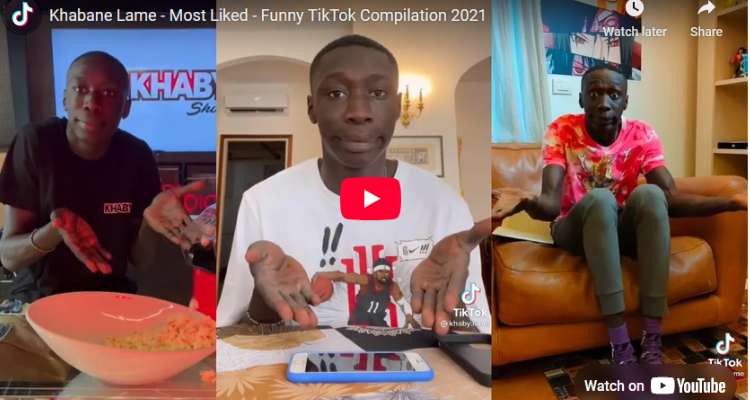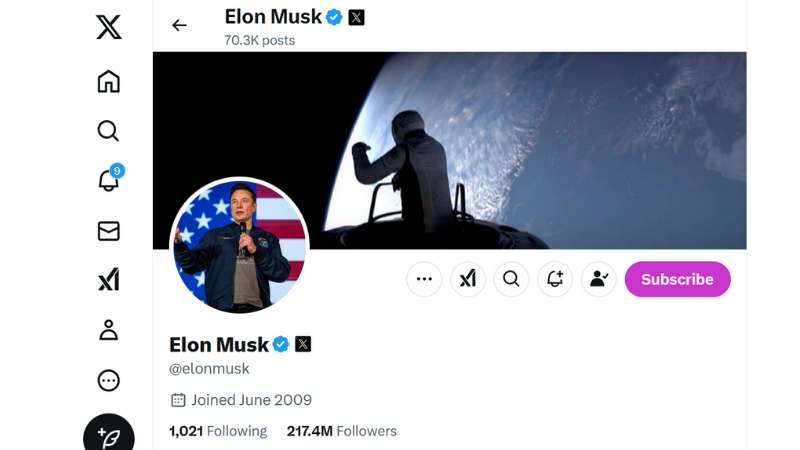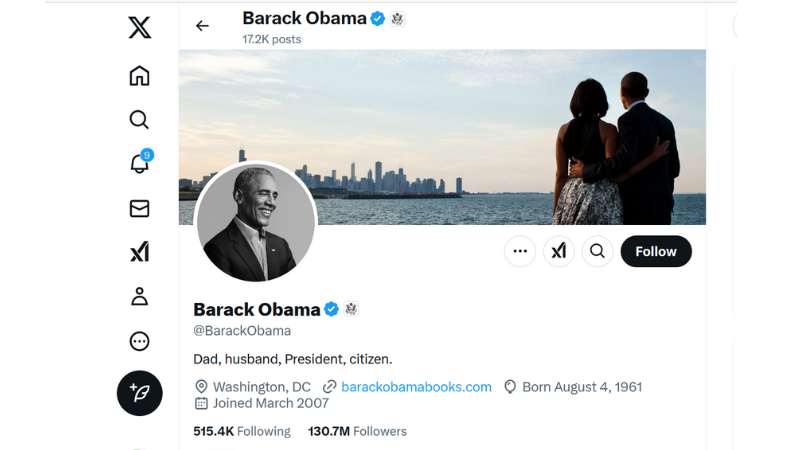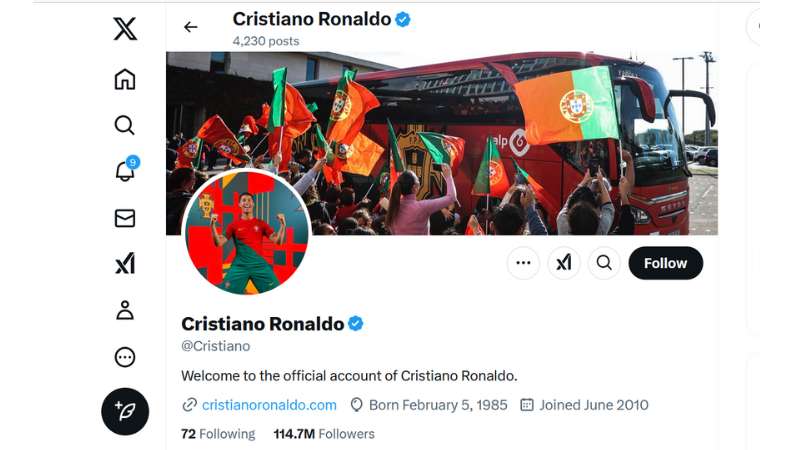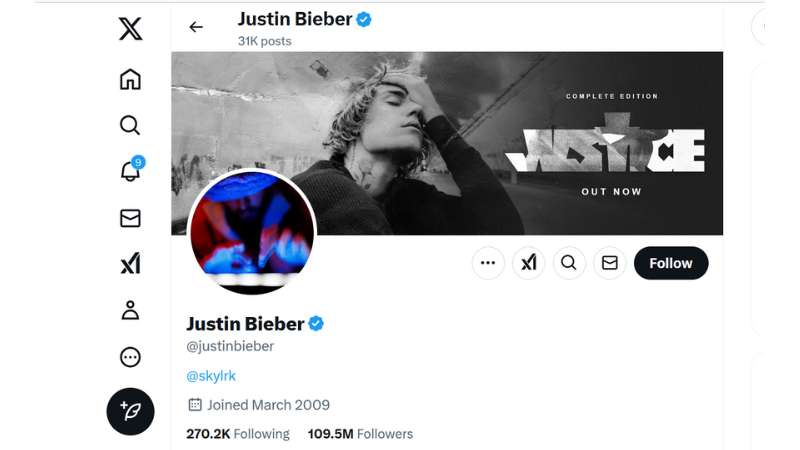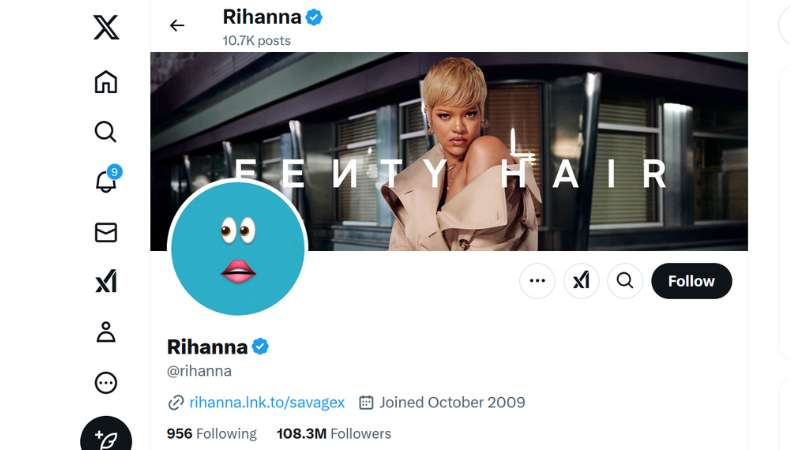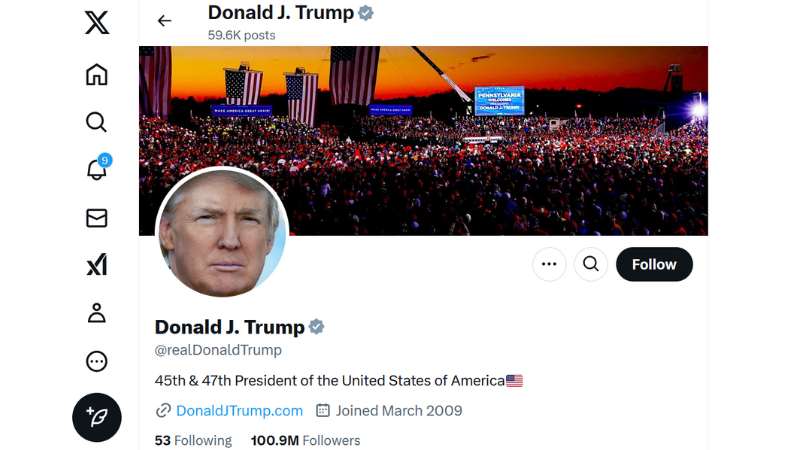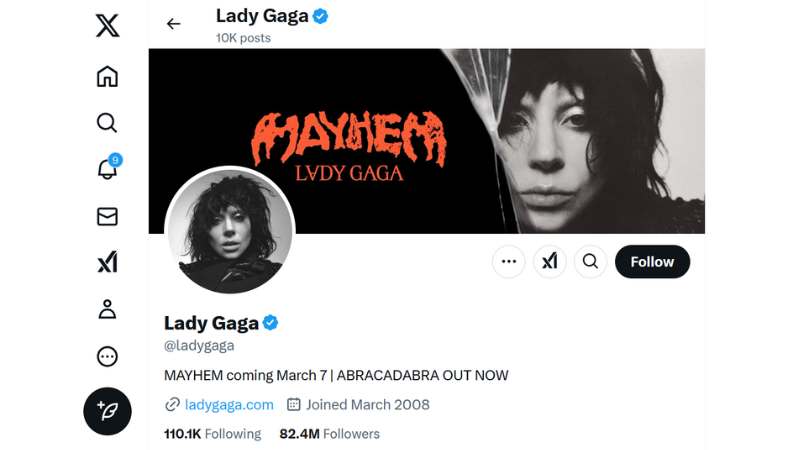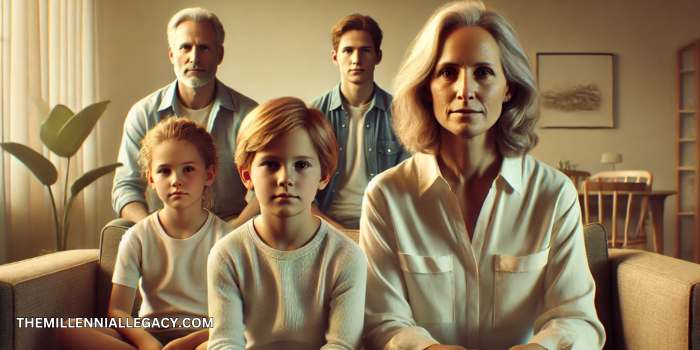Who are the Millennials?
Millennials, also known as Generation Y, are individuals born roughly between 1981 and 1996.
What is a Millennial?
It is a person born between 1981 and 1996.
Why are Millennials called that?
They are called that because they came of age at the turn of the millennium, around the year 2000. The term refers to their coming-of-age years coinciding with the transition to the new millennium.
What is a Millennial vs Gen Y?
Millennials are often referred to as Gen Y. The terms are interchangeable, both describing the generation born roughly between 1981 and 1996. Gen Y comes after Gen X and before Gen Z.
What is the Millennial generation birth years range?
The birth years for the this generation typically range from 1981 to 1996, although some definitions may slightly vary depending on the source.
What is the age range for Millennials in 2025?
As of 2025, they are between the ages of 29 and 44.
How old is the youngest Millennial in 2025?
In 2025, the youngest Millennial will be 29 years old, as they were born in 1996, which is the last year of this generation.
How old is the oldest Millennial in 2025?
In 2025, the oldest Millennials, born in 1981, will be 44 years old.
What generation comes before Millennials?
The generation before Millennials is Generation X, which includes individuals born between 1965 and 1980.
What generation comes after Millennials?
The generation that comes after Millennials is Generation Z (Gen Z). This generation generally includes individuals born between 1997 and the early 2010s.
Is someone born in 1987 a millennial or Gen Z?
If you were born in 1987, you are part of the Millennial generation.
Is someone born in 1996 a Millennial?
Yes, individuals born in 1996 are considered Millennials.
What are Millennials known for?
They are known for their technological fluency, progressive values, and focus on work-life balance. They prioritize experiences over material goods and are often seen as socially conscious, seeking to make a positive impact on the world.
What are the Characteristics of Millennials?
They are often described as tech-savvy, diverse, and highly educated. They tend to value experiences over material possessions and prioritize work-life balance. They are known for their creativity, adaptability, and desire for meaningful work.
Am I Gen Z or Millennial?
If you were born between 1997 and the early 2010s, you are part of Gen Z. If you were born between 1981 and 1996, you are a Millennial.
Am I a Millennial or Gen X?
If you were born between 1965 and 1980, you’re part of Generation X. If you were born between 1981 and 1996, you’re a Millennial.








